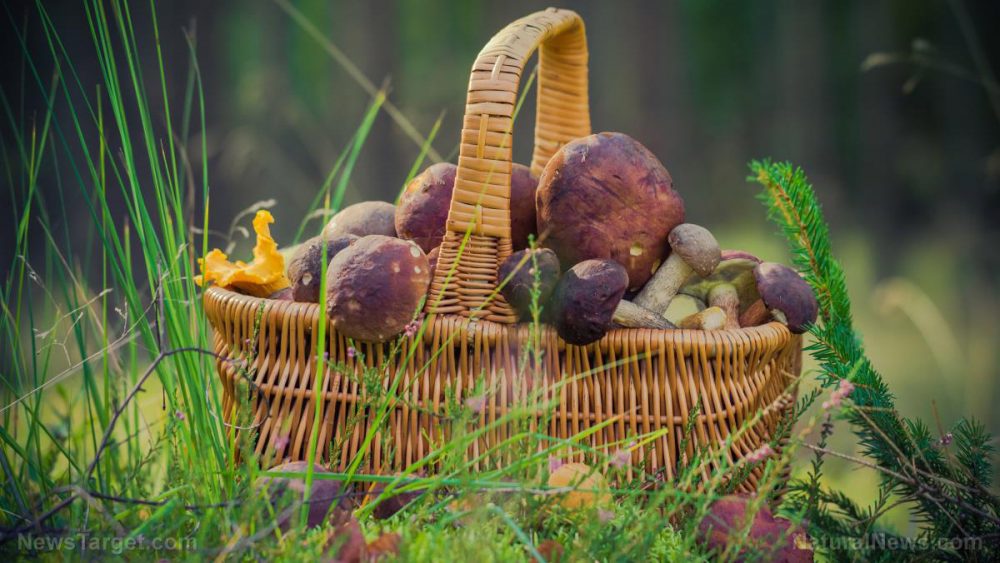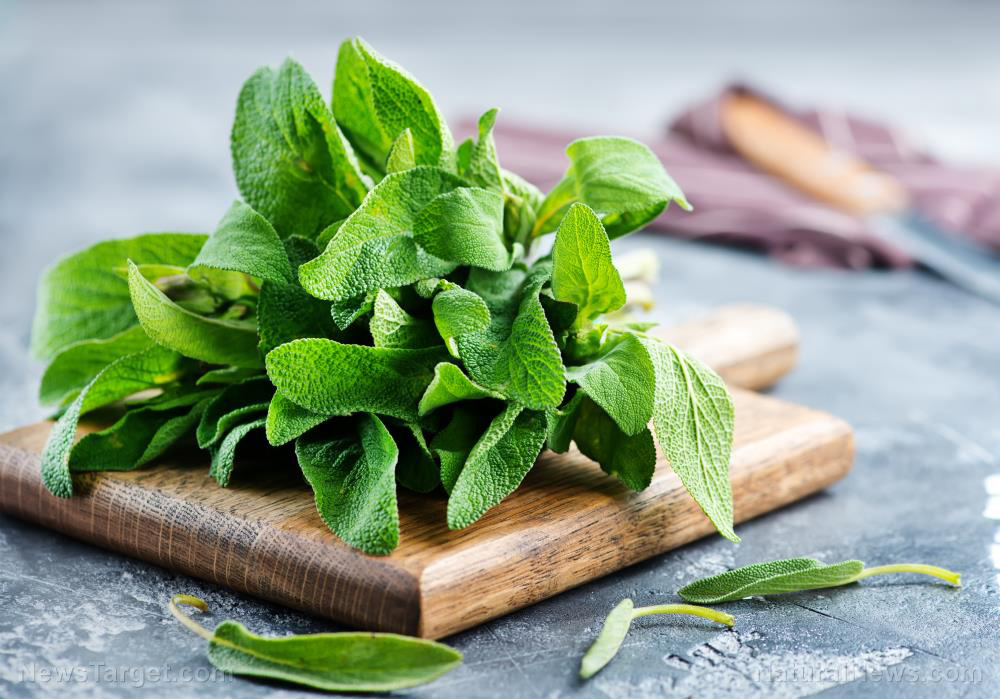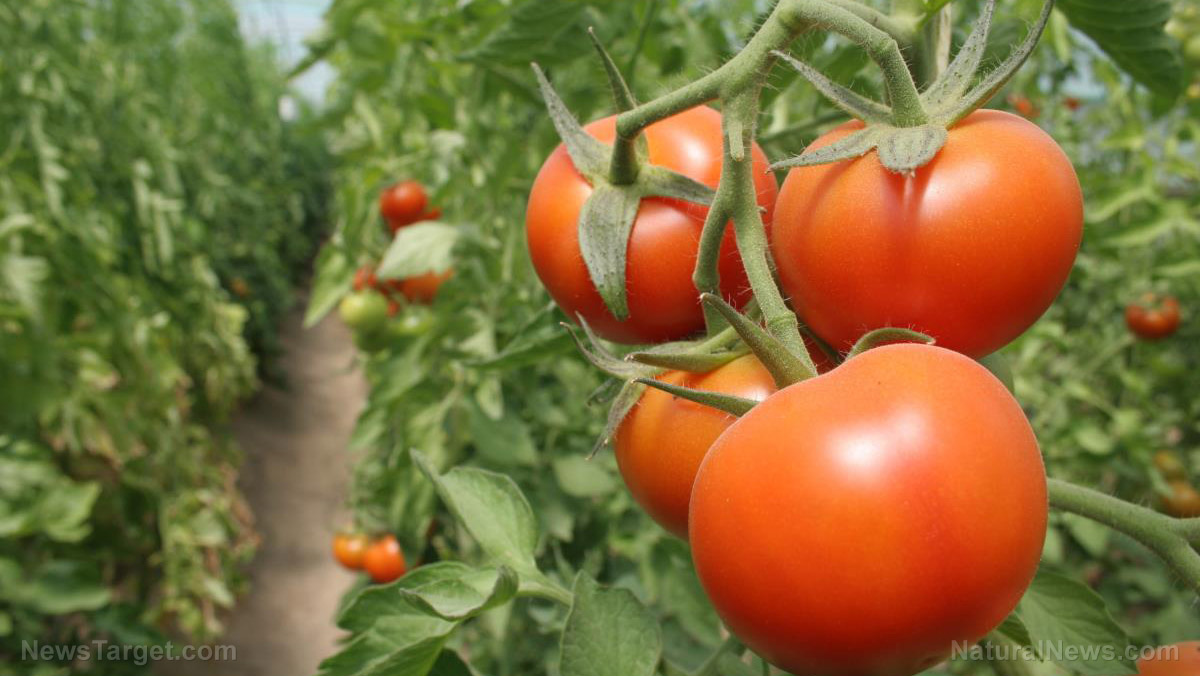
Advertisement
Preppers have a well-rounded set of skills and if they’re stuck in the wilderness, they have the know-how to survive for a couple of weeks or even longer. Do you know how to identify edibles if you’re lost while hiking or camping?
Once you’re in a safe zone, triage your needs immediately. Remember the top 3 priorities for triaging to determine how long you can survive: three hours without shelter from the cold, three days without potable water, and three weeks without food.
Most camping or wilderness deaths are due to hypothermia. Try to get some warm clothes and a blanket then locate shelter so you can stay warm. Next on your list is water. If you’re sweating a lot or are very stressed, you will need to find water that’s clean enough to drink immediately.
Food is one of your priorities while triaging so it’s important to know how to search for edible plants. (Related: Don’t poison yourself: 5 things to keep in mind when foraging for edibles in the wilderness.)
Going for one to two days without food can make you “feel lightheaded, fatigued, and possibly even dizzy.” Meanwhile, accidentally eating poisonous food can cause several reactions that range from “relatively mild, like vomiting, to the more severe — organ failure, coma, and eventually death.”
The Universal Edibility Test
This test, which was developed by the United States Army, isn’t 100 percent effective. Some experts say that plants that “can cause serious adverse reactions simply from skin contact” will fail. However, you must learn to adapt, especially when SHTF.
- Skin contact test — Crush up the part of the plant that you want to eat, e.g. the leaves or the stalk, and rub it on the inside of your wrist or elbow for 15 minutes. Next, observe the area for the next eight hours. During this time you can only drink water. Reactions like “redness, bumps, burning, pain, itching, etc.” means the plant that you’re eyeing isn’t edible. If you find a plant that passes this test, put the plant to your closed lips for three minutes. Any plant that causes “tingling, burning, itchiness” or any unusual reaction fails this step. Start over, and if the plant passes, go to the next step. Plants can taste bitter or bad, but they might still be edible.
- Chew test — Chew the plant, but don’t swallow it. Keep it in your mouth for 15 minutes, and check for any of previously mentioned reactions. Stop the test if you have bad reactions and try again. If the plant passes, you can swallow the plant. Check if you “feel nausea or any ill effects,” then induce vomiting. Drink lots of water. Once you swallow the plant, wait for eight hours. Drink water but don’t eat while waiting.
- Edibility test –After the plant passes the eight-hour test and there are no side effects, continue eating at least 1/4 cup of the plant part. Wait again for eight hours and drink water. Anything that passes this final stage of the test is edible.
Tips for identifying edible berries and fruits
You can also try these tips to identify berries and fruits that are safe to eat:
- Color — The color of a fruit or berry is the first thing that we notice when foraging.
- Pulp texture — The fruit or berry must be the right texture of interior for that species.
- Pulp color — Depending on the species, the color of the berry or fruit interior could be the same as the skin or different.
- Seed number — This will vary depending on the species. Some have only one seed while others have many.
- Seed color — Pay attention to seed color. It should always match the usual color for that species.
- Seed size — Again, this will vary depending on the species.
- Seed shape — If you have a field guide, compare the seed shape to check if the berry or fruit is edible. If you don’t have access to a guide, play it safe and do not eat the fruit or berry.
You can learn more about foraging and survival at FoodSupply.news.
Sources include:
Advertisements







